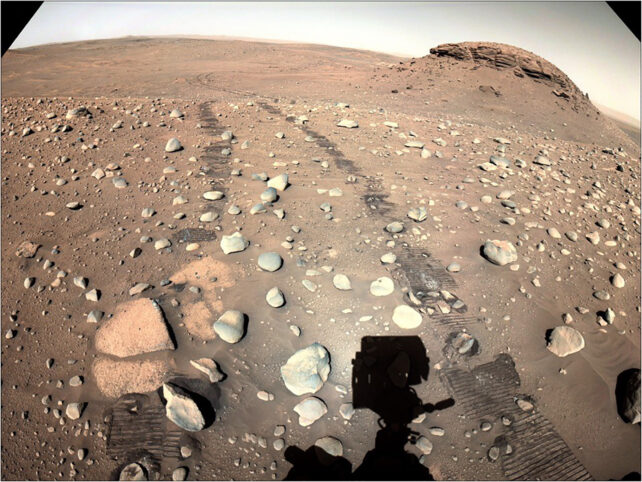In recent years, the concept of “shoulder season” travel has gained popularity. This is the period between the high and low seasons and offers more affordable trips, fewer crowds, and better weather. According to James Thornton, CEO of Intrepid Travel, shoulder seasons were once a hidden gem of the travel industry but have become increasingly busy. Travelers during this time are primarily adults without school-aged children, although more parents are now willing to take their kids out of school for travel. A survey of 200 travel specialists conducted by Zicasso’s 2024 Luxury Travel Report found that 41% said high seasons are lasting longer, and 43% indicated that more places are becoming year-round destinations with no distinct low season. Consequently, the difference between high and shoulder seasons is disappearing, along with the associated cost savings, according to Thornton. To identify where savings still exist, CNBC Travel compared peak and shoulder season hotel rates in five popular destinations for entry-level rooms for two travelers, including most taxes. Rates were accurate as of Jan. 25, 2024.
Peak seasons are typically influenced by weather, festivities, and natural phenomena, such as the blooming of cherry blossom trees in Kyoto and the Great Migration in Africa. For example, Kyoto’s Sakura season attracts numerous travelers wanting to witness the cherry blossoms in late March to early April. Price increases during peak seasons are not limited to accommodations; according to Chisato Nishiyori, general manager for Japan at 360 Private Travel, prices for guides, trains, and museum tickets also rise. However, restaurant prices remain stable, although securing reservations at high-end establishments can be very challenging, even for hotel concierges.
In the Maldives, where the weather is consistently warm, seasons are based on rainfall rather than temperatures. The “dry” season extends from January to March, while the “wet” season lasts from mid-May to November. The peak season in the Maldives spans from December to April, with November and April considered shoulder months. CNBC’s analysis revealed significant savings on hotel charges by traveling to the Maldives just before the rainy season begins.
Italy’s peak season has expanded to include May and September due to the popularity of summer travel. As a result, finding shoulder “sweet spots” in Italy has become more challenging. According to Italy Explained, the last true shoulder season in Italy is spring, spanning only March and April, with price breaks also available in late October and November. In Dubai, international arrivals are at their lowest from June to August due to scorching summer temperatures. The shoulder season in Dubai lasts for four months: April, May, September, and October. While rates in Dubai do not vary significantly between peak and shoulder seasons, summers are notably cheaper, and May rates are lower than those in April. However, seasonal patterns can be observed in certain accommodations, such as the Queen Elizabeth 2 ship, where room rates decrease in March, reach their lowest during the summer, and then rise again in October.
New York City experiences two peak seasons: the summer months of June to August, and the period between Thanksgiving and the New Year. In CNBC’s analysis, New York City’s shoulder season rates exceeded peak season prices, particularly during the summer. However, year-end rates were considerably higher due to the influx of travelers visiting the city for activities such as ice skating at Rockefeller Center and shopping on 5th Avenue.











